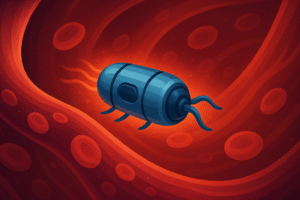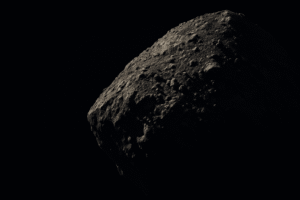Did you know that Jan Ingenhousz discovered that plants produce oxygen and depend on sunlight? This revelation transformed our understanding of how life on Earth is sustained.
Jan Ingenhousz (1730–1799) might not ring a bell for many, but his groundbreaking work in plant biology deserves a spotlight. Often regarded as the father of photosynthesis research, Jan Ingenhousz made groundbreaking contributions by revealing how plants use sunlight to produce energy. This blog explores his fascinating journey, the discovery of photosynthesis, and why his work still matters today.
The Early Days: From Medicine to Botany
Born on December 8, 1730, in Breda, Netherlands, Ingenhousz began his career as a physician. After earning his degree, he became a physician and quickly gained recognition for his skill in smallpox inoculation, a precursor to modern vaccination. His medical expertise took him to England and Austria, where he immunized members of royal families, including the Habsburgs.
But Ingenhousz’s curiosity extended far beyond medicine. His curiosity about natural science drove him to study gases, light, and plants, leading to discoveries that transformed the field of biology.
The Breakthrough: Discovering Photosynthesis
In the late 1770s, Ingenhousz conducted experiments to understand how plants interact with air. Using aquatic plants, he observed bubbles forming on their leaves when exposed to sunlight. Ingenhousz realized these bubbles were oxygen, a byproduct of photosynthesis.
Through meticulous experimentation, he discovered that:
- Sunlight is Essential: Plants only produce oxygen in the presence of sunlight.
- Carbon Dioxide Utilization: Plants absorb carbon dioxide (CO₂) during photosynthesis.
- Plant Respiration: Plants also release carbon dioxide in the dark, showing they respire like animals.
Ingenhousz published his findings in his seminal work, Experiments upon Vegetables, in 1779. This research laid the foundation for modern botany and environmental science.

Why Jan Ingenhousz Matters Today
Ingenhousz’s discovery of photosynthesis is not just a cornerstone of biology; it’s a critical piece of the puzzle in addressing global challenges like climate change. Photosynthesis helps regulate Earth’s atmosphere by converting carbon dioxide into oxygen, highlighting the importance of preserving forests and green spaces.
His work also inspires modern scientists to explore artificial photosynthesis, a technology that mimics nature’s process to create sustainable energy solutions.
Anecdotes and Lesser-Known Facts
- A Multifaceted Genius: Ingenhousz was also interested in electricity and collaborated with Benjamin Franklin to study electrical conductivity in plants.
- Legacy of Curiosity: Despite his monumental achievements, Ingenhousz remained humble and continued to explore various scientific fields until his death in 1799.
- A Pioneer of Public Health: His work in smallpox inoculation saved countless lives, demonstrating his commitment to improving human well-being.
Conclusion
Jan Ingenhousz’s life is a testament to the power of curiosity and interdisciplinary thinking. From saving lives through inoculation to unveiling the secrets of photosynthesis, his contributions continue to impact science and society. As we face environmental challenges, Ingenhousz’s work reminds us of nature’s incredible power and our responsibility to protect it.
What inspires you most about Jan Ingenhousz’s story? Please share your thoughts, and let’s celebrate the pioneers who shaped our understanding of the natural world.
Author’s Note
Writing about Jan Ingenhousz was an enlightening experience. His life bridges medicine and natural science, showing how diverse interests can lead to groundbreaking discoveries. I hope this blog inspires readers to explore the wonders of science with curiosity and passion.
G.C., Ecosociosphere contributor.





Comments
“Great content, learned a lot from this post!”
I’d must examine with you here. Which isn’t one thing I normally do! I get pleasure from studying a put up that can make people think. Also, thanks for permitting me to remark!